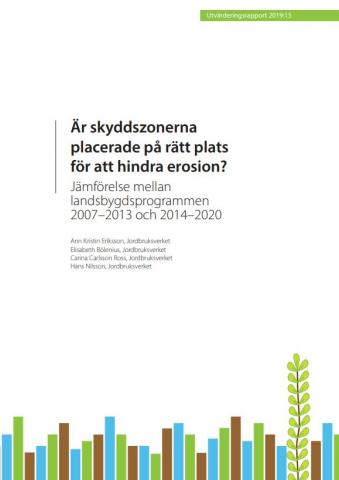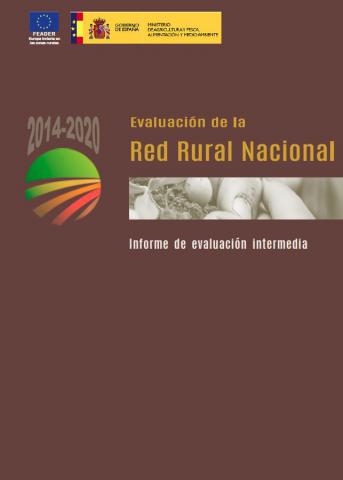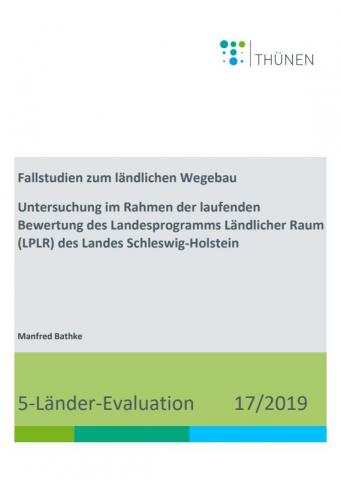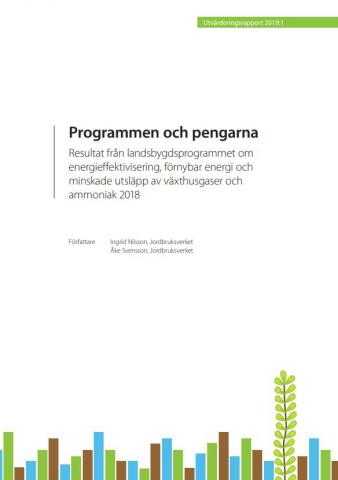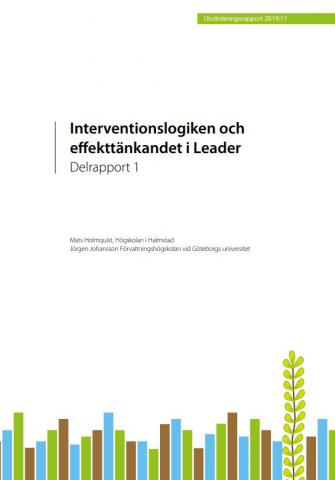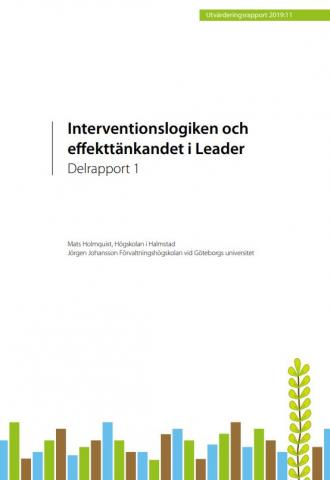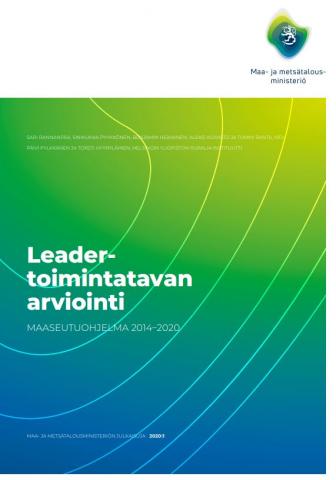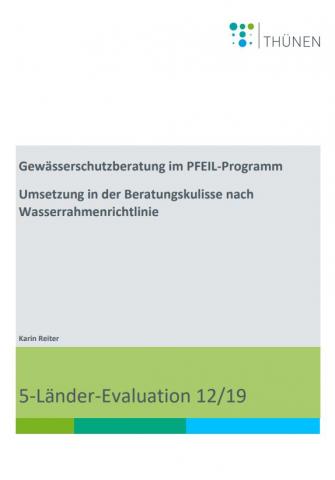
Since 2016, the range of water protection advice, which was previously restricted to drinking water catchment areas, has been extended to areas that are in a poor chemical condition according to the Water Framework Directive (WFD). The WFD advice is aimed at agricultural businesses and is free of charge for them. The evaluation shows that the WFD advice is organizationally and structurally targeted.

